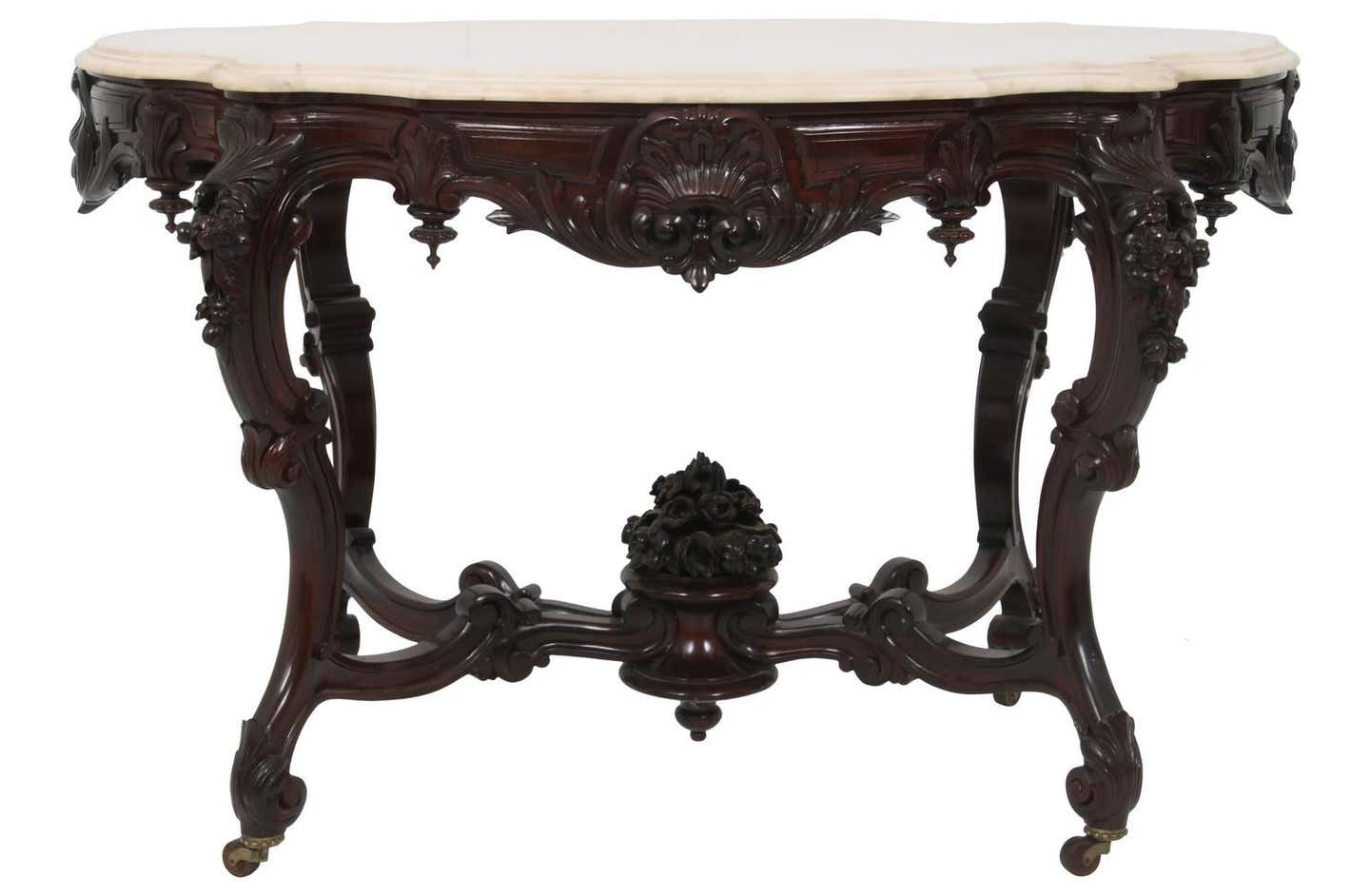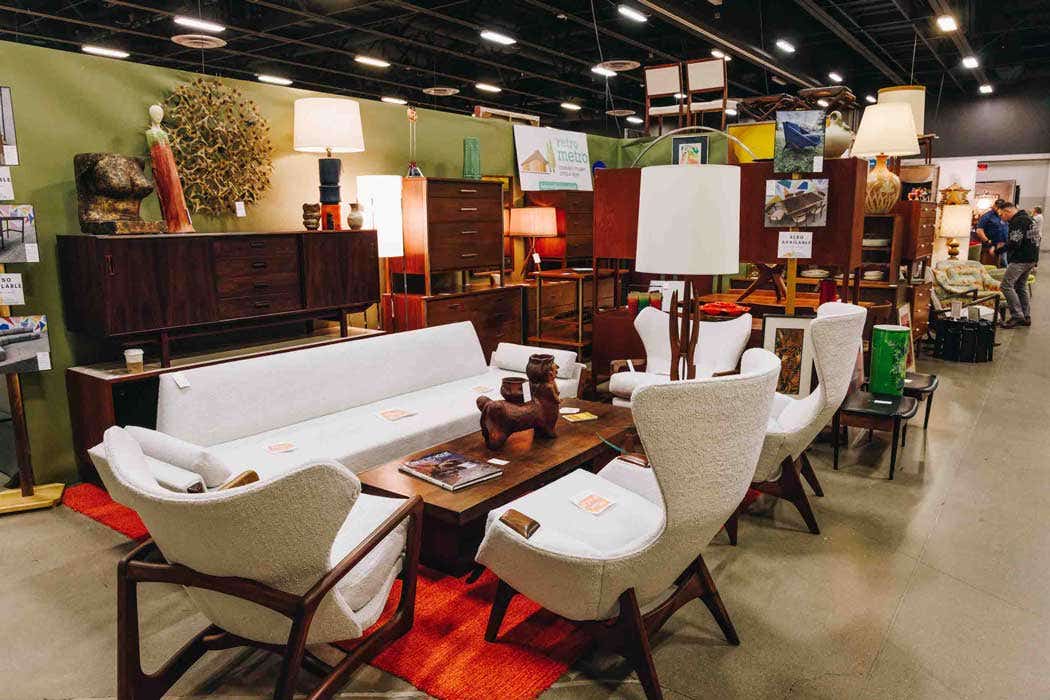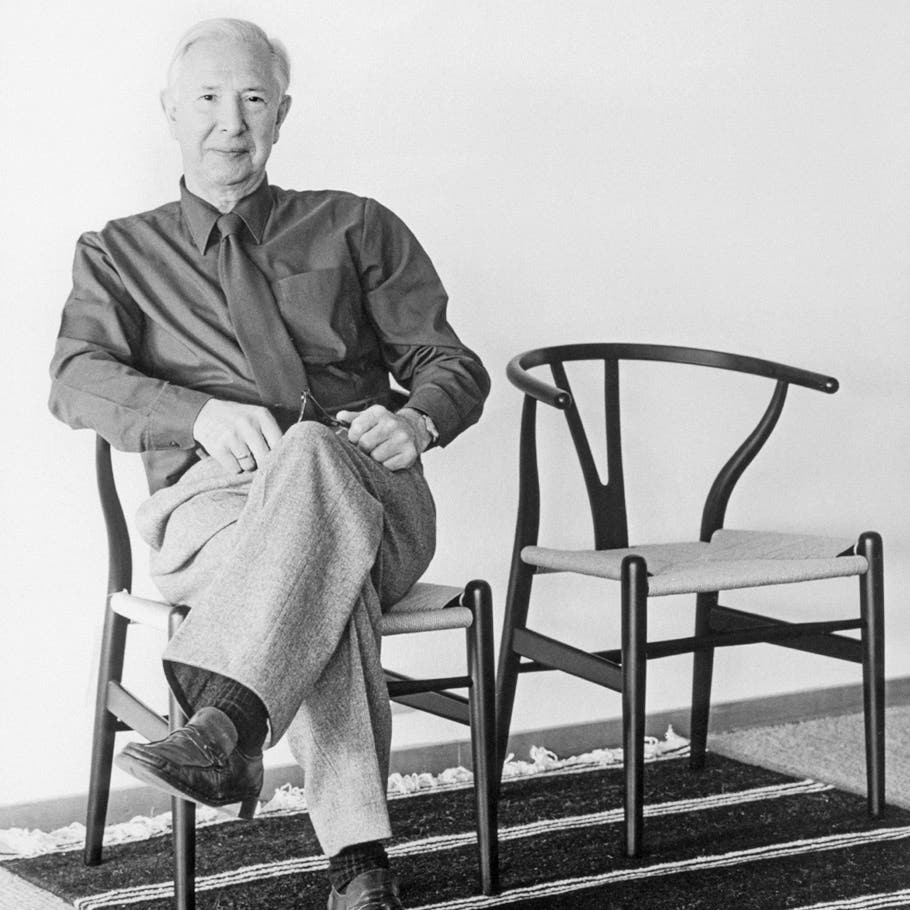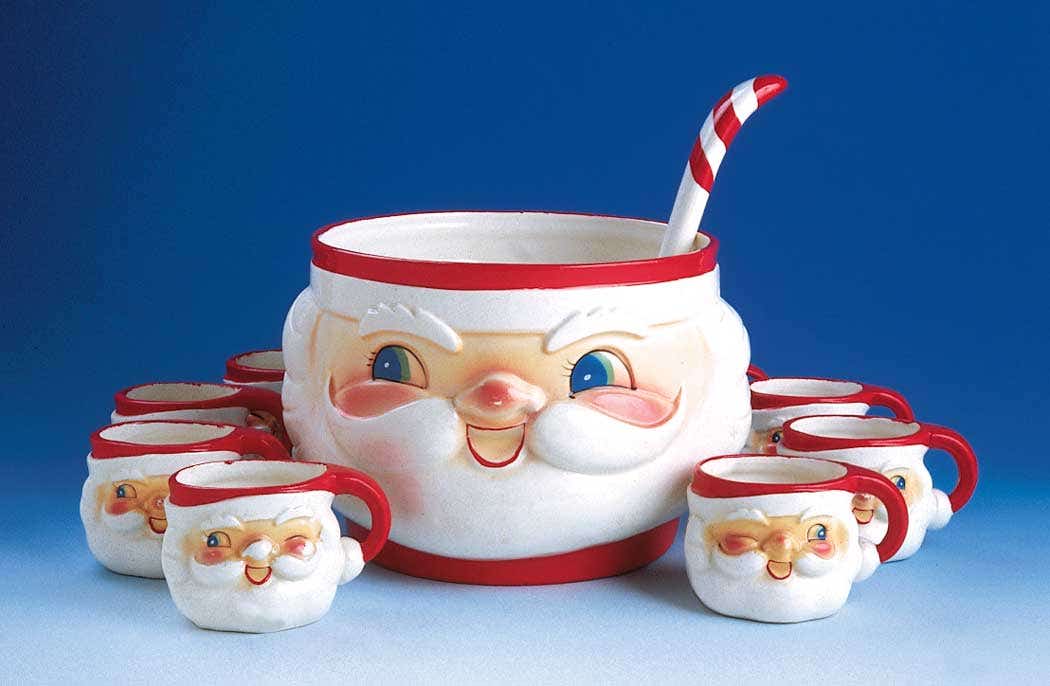Language Blunders: Look out for that cheire
It never ceases to amaze how naming conventions can change the history, identity, and sometimes even the perceived purpose of an object. Furniture Detective Fred Taylor tackle word lingo of furniture in his latest column.
Most of the time when I read coverage of an antique furniture auction or sale I pretty much understand what is being described. Sometimes I even agree with the description and the price realized. A Rococo Revival style couch from the period made of laminated rosewood with pierced crest rail carving selling for $10,000 is pretty clear and self explanatory. But there are times when the words actually get in the way.
The descriptive literature of furniture, like almost everything else, has evolved over the years. Often in logical directions and sometimes not so logical. There is always the problem in English with the proper or preferred spelling of a word. Whether through genuine disagreement, misunderstanding of the etiology or just an inferior or alternative level of literacy. And there is also the conflict in describing a piece of furniture of whether to use its construction as the basis of the description, its function or one or more of its most notable elements.
Slang Can Change Meaning More Than Word
Even then one of the key words may have evolved through use or slang to become unrecognizable without knowledge of the article itself. My favorite example of this is the word for the dowel or peg that sometimes goes through a mortise and tenon joint. The original description, of function, was the “tree nail.” It was literally a spike made from a tree that helped hold the joint firm or true. Over the years it evolved through slang into “treenail” or “trenel,” a rough contraction of the original words. The new word by itself has no meaning in English. It is only relevant to collectors of furniture trivia who use it to confound and confuse less focused enthusiasts. “Peg” seems to work for everybody else.
Another word that evolved beyond its original meaning is the description of the vertical slats in early William and Mary chairs. These slats strongly resemble the vertical components of a stairway. They obtained their vase shape around 1650 based on ancient Greek designs and were called balusters. These were based on the Greek word “balaustion.” This was the shape of the flower of the pomegranate. A row of them in a staircase was called a balustrade. Somehow that word managed to change itself into banister or bannister (different spelling allowed), as in “banister back chair.”
Today the word banister is even used to describe the top rail of a stairway. As a kid I used to love to slide down the “banister” at Grandma’s house.
Chair, Cheire, Chayer
The simple word for our primary seating apparatus, the chair, has also had a great many interpretations based largely on perceived phonetic spelling. Over the years they have been listed in inventories and wills as cheire, chayer, chaire, cheyre, chaier and cheere, all perfectly understandable when spoken. Reading handwritten census records from the 18th and 19th centuries will broaden your mind to phonetic spelling.
Then there are the words used to describe “chairs” by their form. Those that resemble a part of the wall are called “wainscot” chairs but they also have been known as “winescotts.” And of course the armchair is the “elbow” chair or the “great” chair while the side chair is the “small” chair.
There are even problems sometimes in describing the style of a chair. In post colonial America, newly minted “Americans” did not like to acknowledge the English origin of certain items. When Thomas Jefferson picked out new chairs for his great room/dining room at Monticello he refused to describe them as “Windsor” chairs. He simply ordered a set of those “stick back” chairs that were so popular.
Presidential Influence
And George Washington, when furnishing the eating quarters at Mt. Vernon, had difficulty ordering a
set of Chippendale chairs. He simply requested a set of those “strong, neat and plain but fashionable” chairs. Everyone knew what he meant. Mr. Chippendale, not “Chip and Dale” as readers sometimes describe the style to me, left us several options to describe his version of the ladder back chair. Of course there was nothing plain about them, especially the “ladder” elements. They are variously described as “ribbon” back, “pretzel” back or “pierced slat” back chairs, take your choice – and your chances. And we are eternally indebted to Mr. C. for adding the terms “pierced splat,” “Marlborough leg,” “dog eared crest” and “block foot” to our vocabulary.
An interesting course of evolution can be seen in the word “bureau.” It is derived from the Latin word “bure,” which was used to describe the wool covering used on early French desks in the Middle Ages. When the primitive table desk developed drawers and became a stand with a desk on top it was called a “bureau” by Thomas Sheraton who defined it as a “common desk with drawers.” By the time the form had immigrated to America the desk portion was lost and more drawers were added to a taller case but the entire unit still retained the name “bureau.” The French of course had a fancier style and name for their bureau. One of the styles was a seven drawer chest, one for each day of the week’s apparel. This one was called a
“semainier.” Another version was the tall narrow model known as the “chiffonier.”
In America it gradually just became known as a chest of drawers since “bureau” and “chiffonier” were apparently too hard for many people to spell.
Combination Words
But the word “chiffonier” lived on in several more forms thanks to evolution. The first was the cabinet that had hanging space behind a tall, often mirrored, door on one side and a series of drawers on the other side. This type unit became known as the “chifferobe” – a combination of the chest of drawers, the French chiffonier and wardrobe, the American name for the French armoire. Further evolution came up with the “chifforette” – a cabinet with two short doors on top concealing narrow drawers like a small linen press and long drawers below.
So how did a chest of drawers become a dresser in common usage? I have received hundreds of letters over the years describing and picturing various case goods all described as “dressers.” The most common of course is the standard chest of drawers but there have also been photos of dressing tables, vanities, dry sinks and commodes as well as the occasional traditionally named dresser. The dresser, originally derived from the use of the dressing table, traditionally includes a good sized mirror to assist in the dressing process as opposed to a vanity, which concentrates more on the preparation of the hair and face.
The dry sink on the other hand is devoted to cleaning and shaving and the commode is a low storage chest derived from the enclosed bedroom privy cabinet or “closestool” which was named “commode” because it was “commodious” or convenient. Around the turn of the 20th century they were even known as “necessaries.”
Verbiage Confusion
The final category of furniture words includes those that are spawned by confusion. Among those is the Brewster chair, the fancy turned chair of the 17th century that is sometimes linguistically confused with the Breuer chair, the modern form designed by Marcel Breuer in the 20th century that is then often butchered to the name “brewer” chair. Confusion reigns. It continues to the woven fabric sometimes found in chair seats. Usually that material is woven cane but it is also variously described as “cain,” wicker, an entirely different subject, “wick,” a variation I suppose of wicker and “rusher” or “Russia,” verbal assaults on seating made of rush. The final phonetic blunder is the lounge known as the “chase,” sometimes correctly referred to as a “chaise.”
The English language wrapped around furniture is a source of great entertainment. Enjoy it but carefully watch your “P’s” and “L’s”.
With more than 30 in the antique furniture business, Fred Taylor is a household name when it comes to the practical methods of identifying older and antique furniture: construction techniques; construction materials; and style.






